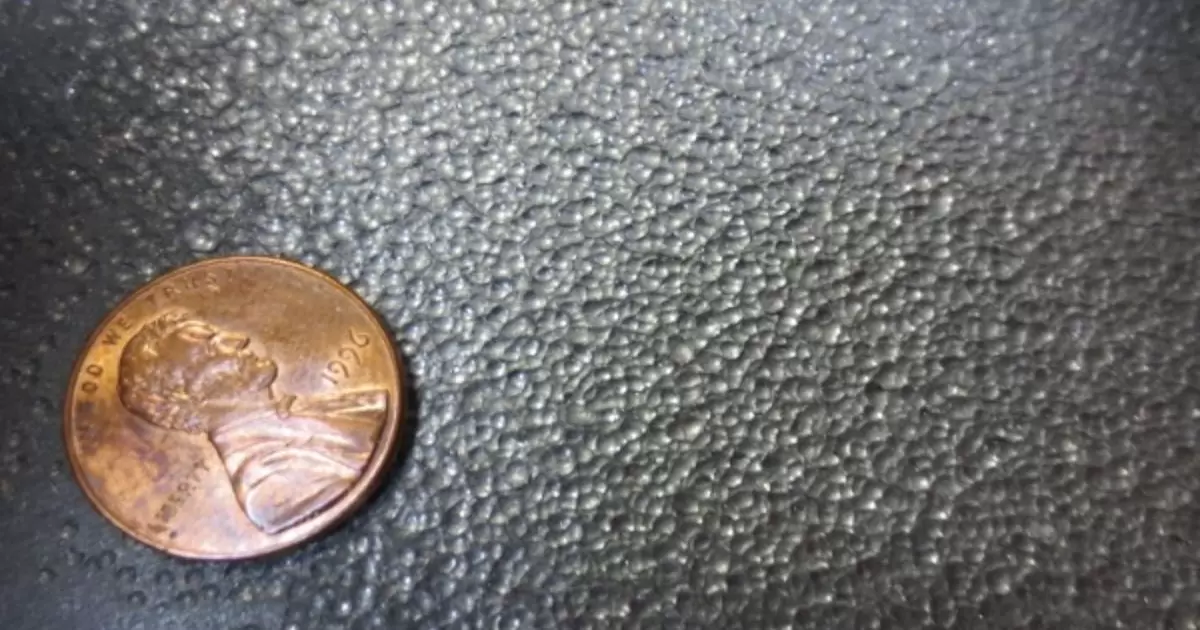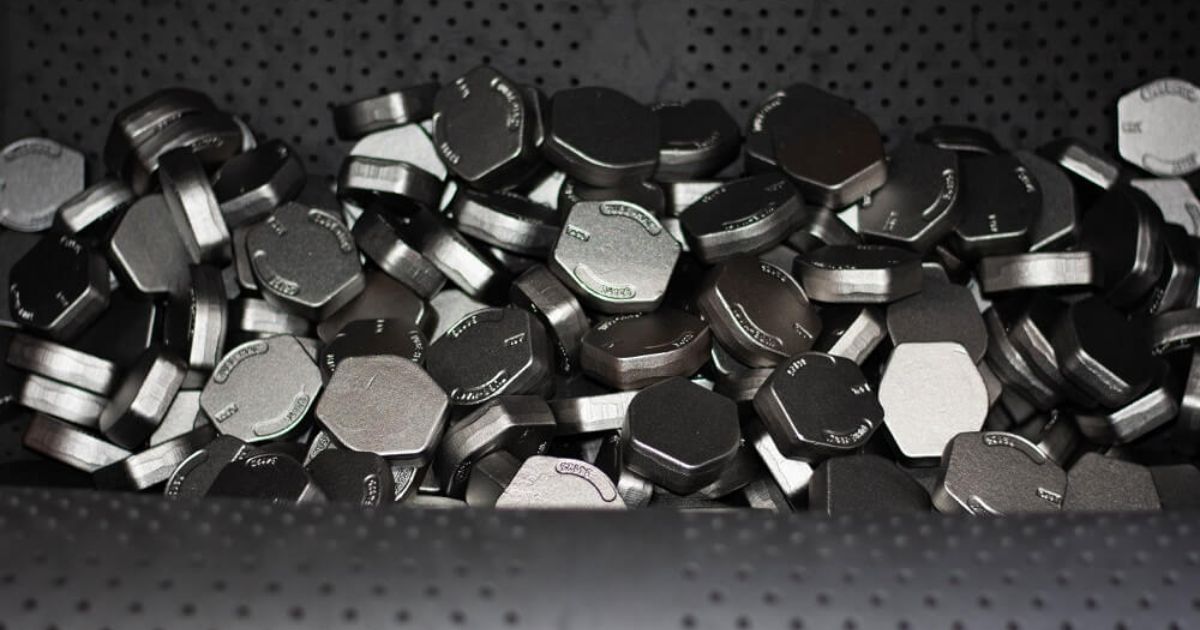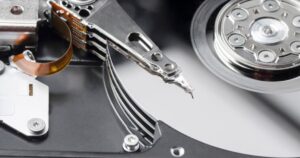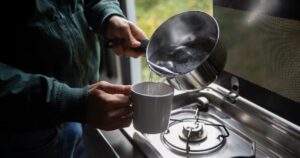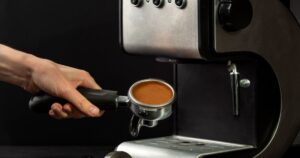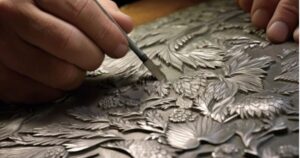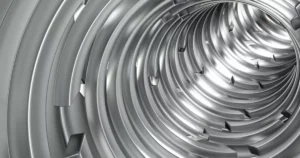Peened stainless steel is a super-strong metal that gets a special surface texture through a process called peening. It’s like giving it tough armor. It makes it durable and resistant to scratches. Just imagine your favorite superhero’s suit that’s peened stainless steel, ready to take on any challenge with style and strength.
Have you ever wondered how stainless steel gets extra strong? One way is through peening. This process shoots small metal balls at the steel like a hard backhand hit in pickleball. The dents make the steel stronger to resist wear and last longer.
Peening stainless steel means denting its surface with high-speed metal balls. This work hardens the steel by creating many tiny indentations.
What is Peened Stainless Steel?
Peened stainless steel has a surface that is intentionally dented with round metal shots to make the steel harder.
Benefits of Peening Stainless Steel
Peening provides several benefits to stainless steel:
- Increases fatigue strength and durability
- Improves wear and abrasion resistance
- Creates residual compressive stresses to prevent cracks
- Can allow use of softer/cheaper grades of steel
- Enhances corrosion resistance properties of stainless steel
The Peening Process
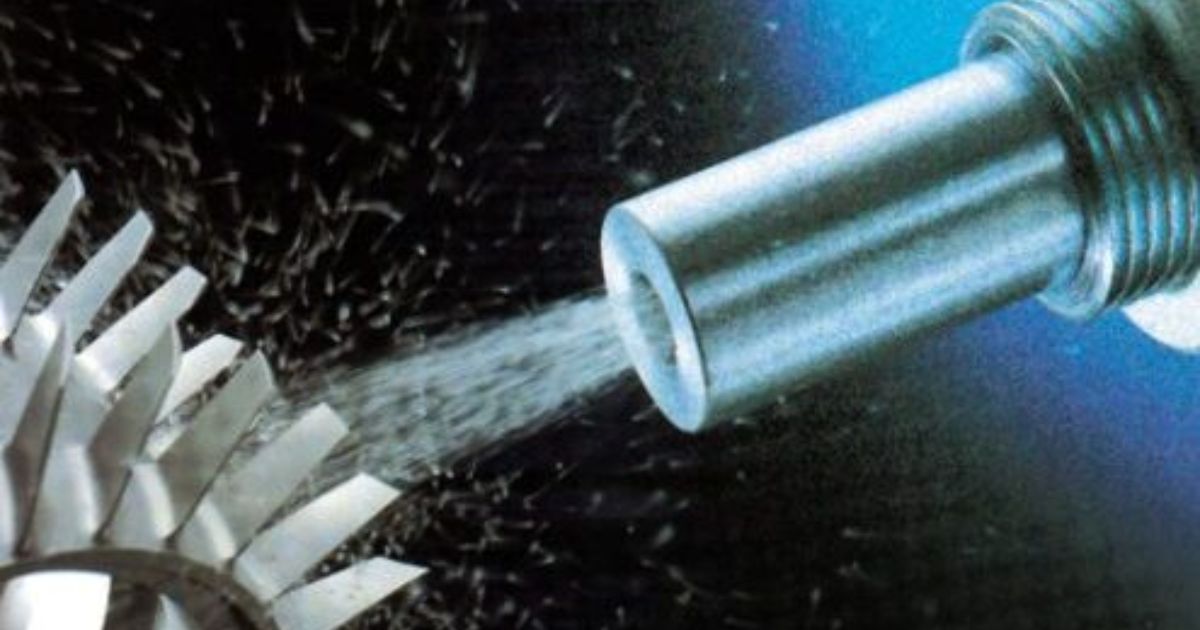
Applications for Peened Stainless Steel
Industries that utilize peened stainless steel components:
- Aerospace – aircraft components
- Automotive – engine parts
- Manufacturing – machine parts
- Oil and gas – pipes, valves, pumps
- Medical – surgical instruments
- Food processing – equipment
Strength and Durability
The physical properties of peened stainless steel include increased hardness and resistance to wear, making it exceptionally durable. When compared to untreated stainless steel, the peened variant exhibits superior toughness and longevity, ensuring a robust performance in demanding applications.
Maintenance and Care
Preserving the quality of peened stainless steel involves simple yet crucial steps. If Regularly clean it with mild solutions will help maintain its appearance, while avoiding abrasive materials will ensure longevity. This approach not only expands the life of the material but also deal with environmental considerations.
Surface Texture and Appearance
Peened stainless steel gains a unique texture through controlled impact, elevating its aesthetic appeal. This distinctive finish adds sophistication and uniqueness to architectural designs, consumer products, and industrial machinery.
Impact on Mechanical Properties
The peening process increase hardness, tensile strength, and fatigue resistance of stainless steel. This ensures durability and reliability in applications where robust mechanical properties are crucial.
Peening Techniques
Various methods, like shot peening and hammer peening, are employed in treating stainless steel which tailor the process to specific requirements. Understanding the techniques is essential for achieving good results in both performance and appearance.
Corrosion Resistance
Peened stainless steel showcases improved resistance to corrosion, extending product lifespan. The refined surface structure acts as a protective barrier, making it ideal for outdoor, marine, and industrial applications exposed to corrosive elements.
The shot peening process for stainless steel:
| Material | Can it be Used? | Notes |
| Iron shots | No | Will contaminate stainless steel surface |
| Carbon steel shots | No | Will contaminate stainless steel surface |
| Sand | Use caution | Should not contain ferrous contaminants |
| Stainless steel shots | Yes | Commonly used |
| Ceramic grains | Yes | Commonly used |
| Aluminum oxide | Yes | Commonly used |
| Walnut shells | Yes | Commonly used |
| Glass beads | Yes | Commonly used, produces different surface finish |
FAQs:
What causes the dimples in peened stainless steel?
The dimples are caused by shooting many tiny metal balls at high speed into the steel’s surface. This impacts and dents the surface.
Does peening weaken stainless steel?
No, peening actually strengthens stainless steel by creating beneficial internal stresses and work hardening the surface.
What industries use peened stainless steel?
Industries like aerospace, medical, food processing, and manufacturing use peened stainless steel for critical components.
How long does the peening process take?
Peening usually takes just a few minutes depending on the size of the steel parts. The automated process rapidly shoots balls.
Conclusion:
In end, the query What is peened stainless steel? leads us to an tricky technique that substantially enhances the material’s homes. Stainless steel peening includes bombarding the floor with small beads or shots underneath high stress, successfully hammering the outer layer.
This treatment not simplest increases the fabric’s resistance to corrosion and fatigue but additionally contributes to its universal energy and durability. By inducing compressive stresses at the surface, peened chrome steel exhibits stepped forward durability and is better ideal for packages in which resistance to harsh environmental conditions is crucial.
Through the peening process, chrome steel’s practical features are appreciably stronger, making it a super preference for a extensive variety of business and business makes use of. This approach showcases the revolutionary approaches wherein cloth properties can be optimized to fulfill precise engineering and layout requirements.
